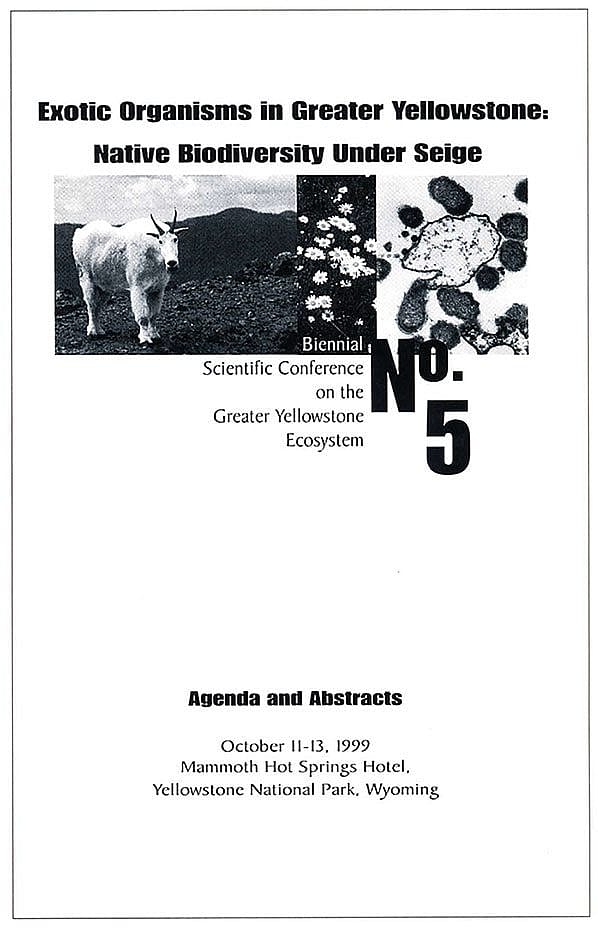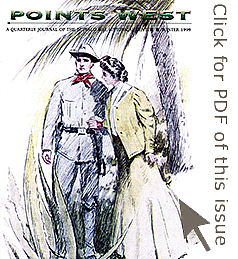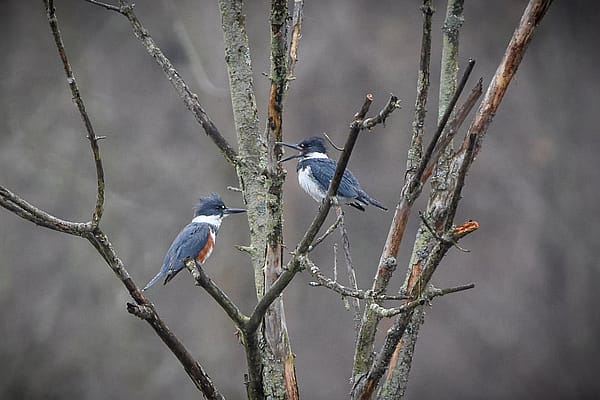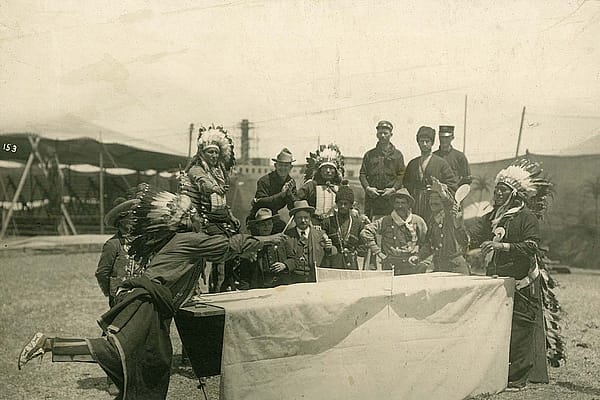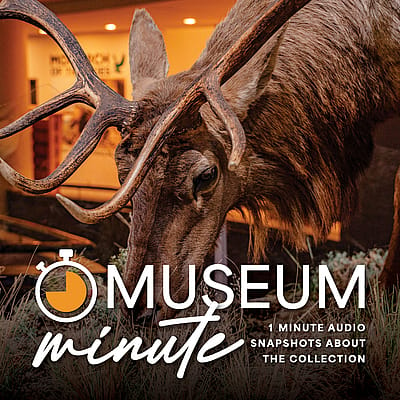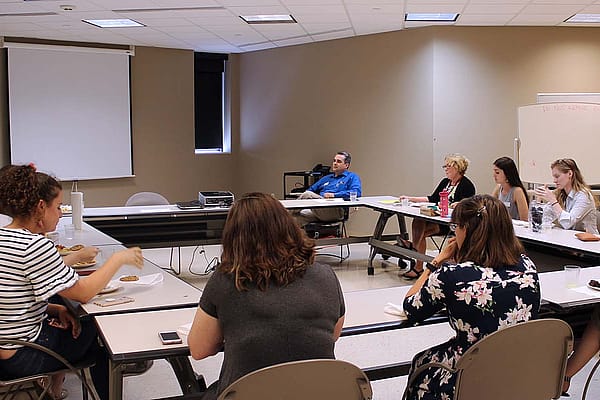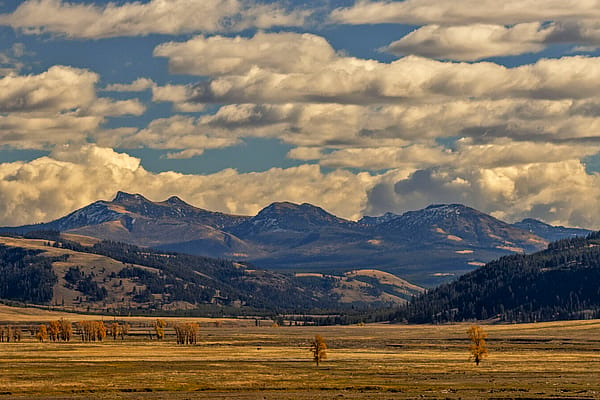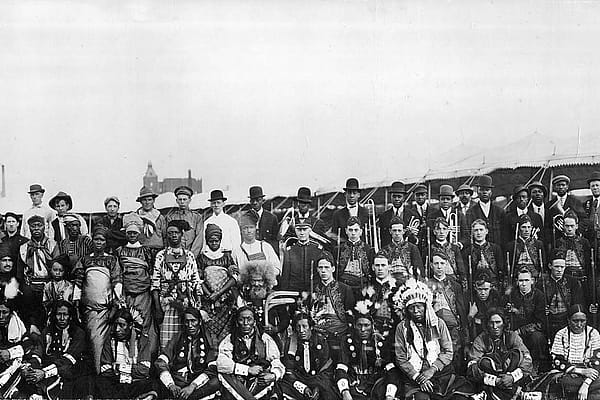Alien Organisms in Greater Yellowstone – Points West Online
Originally published in Points West magazine
Winter 1999
The Changing Face of the West: Alien Organisms in Greater Yellowstone (Have They Come in Peace?)
By Charles R. Preston PhD
Senior Scientist and Curator Emeritus, Draper Natural History Museum
Ed. note: Written more than 20 years ago, this article is a snapshot in time of issues that effect Yellowstone yet today. The conference Dr. Preston references still takes place biennially. Click here for more information on these scientific conferences.
From What do mountain goats, the bacterium Brucella abortus (the organism that causes brucellosis), and lake trout have in common? Each of these organisms occurs in the Greater Yellowstone Region due to either intentional or unintentional introduction by humans. None is native to Yellowstone Country.
The mountain goat, while native to some regions of northwestern North America, was introduced to southern Montana and northern Wyoming to provide alternative game populations for sport hunters. These introduced populations have extended their range through much of the high elevation terrain in the Greater Yellowstone Ecosystem, including Yellowstone National Park. Though this animal has wreaked havoc with native vegetation in Olympic National Park, Washington, there is little evidence currently available indicating that mountain goats have negatively impacted our region.
Brucellosis is a reproductive disease that appears primarily in domestic animals worldwide. The bacterium causing brucellosis was apparently introduced to this continent unintentionally with domestic livestock in the last century. The disease was subsequently transmitted to native, wild species. Brucellosis has since been eradicated from most domestic herds, but remains in some bison and elk populations in the Greater Yellowstone Ecosystem.
It is unclear how the lake trout, a species native to most of Canada and much of the northernmost United States, was introduced to Yellowstone Lake. Speculation focuses on some unknown angler who may have wanted to add a new sportfish to Yellowstone waters. Unfortunately, the lake trout is a fast-growing, voracious predator that potentially threatens native cutthroat populations. The good news is that fisheries biologists are making progress in controlling lake trout numbers.
These and other non-native organisms were the subject of the fifth Biennial Scientific Conference on the Greater Yellowstone Ecosystem, held in October 1999 at the Mammoth Hot Springs Hotel. Attendees heard a great deal from ecologists and other scientists who are studying these organisms. But they also heard from philosophers and historians, who helped put the scientific data in a broader, cultural context. For me, a few, general, take-home messages emerged from the conference.
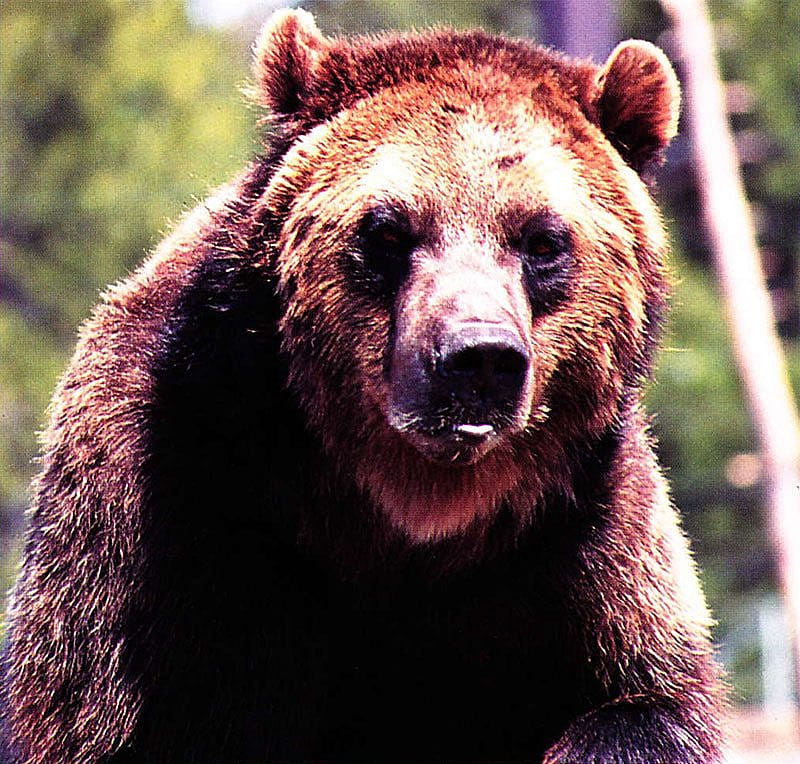
First, it is clear that some non-native organisms have the potential to significantly change the character of the Greater Yellowstone Ecosystem. The European fungus (Cronartium ribicola) causing white pine blister rust, for example, is spreading through whitebark and limber pine stands in Yellowstone regional forests. Though studies conducted in the 1970s concluded that the arid, high-elevation climate of Yellowstone would limit the spread of rust, researcher now suggest that the region can no longer be considered safe from large-scale damage from this non-native fungus. Large-scale white-bark pine die-offs could deprive grizzlies and other animals of a critical food source, namely whitebark pine seeds. This could severely threaten the survival of grizzly populations in the Greater Yellowstone Region, and prolong their status as threatened or endangered.
Other exotic species, such as clover, and perhaps even mountain goats, may have relatively minor functional effects on native ecosystems in the region. With limited resources available, it may make practical sense to allocate eradication and control efforts in proportion to the predicted effects of the organism in question and our chances of success in eradicating or controlling it.
Second, rather than looking backward and trying to mimic some vaguely envisioned, pristine landscape that may have existed before Columbus arrived on this continent, it may be more prudent to look forward and decide how we want our ecosystems to look and function in the future—inside and outside of national parks and wilderness areas. Even if we could clearly determine and replicate what primitive America looked like, to do so would be to ignore the dynamic nature of nature. Ecosystems can change dramatically through time, with or without the actions of humankind. This argument will remain controversial in many quarters. Nonetheless, the time has come to acknowledge the fact that humans exert a profound influence on ecosystems worldwide, and that we face enormous opportunities and responsibilities in managing our landscapes for the future.
Finally, the decision about what we want our national parks and other lands to look like is, to a great extent, a subjective one, to be determined by society at large. To make those decisions and have the desired results, however, we must rely on information about the characteristics and roles of plants, animals, and physical features in the environment. Public policy about how we manage our lands should be conceived from a marriage of humanities and science.
What society needs from modern ecologists in general, is what a new computer owner needs from his online service representative or instruction manual: a) a basic understanding of how things work; b) information and tools to protect against an invading “virus” or other agent of disruption; and c) clear directions on how to avoid a terminal error.
About the author
A prolific writer and speaker, Dr. Charles R. Preston served as the Willis McDonald IV Senior Curator of Natural Science and Founding Curator in charge of its Draper Museum of Natural History. He is now a Senior Scientist and Curator Emeritus. An ecologist and conservation biologist who explores the influence of climate, landscape, and human attitudes and activities on wildlife, Preston is widely recognized as a leading authority on wildlife and human-wildlife relationships in the Greater Yellowstone region. He formerly served as Chairman of the Department of Zoology at the Denver Museum of Natural History, and before that, as Associate Professor of Biological Sciences at the University of Arkansas at Little Rock. He’s written numerous articles and three books: Golden Eagle: Sovereign of the Skies; Wild Bird Guide: Red-tailed Hawk; and An Expedition Guide to the Nature of Yellowstone and the Draper Museum of Natural History.
Post 065
Written By
Nancy McClure
Nancy now does Grants & Foundations Relations for the Center of the West's Development Department, but was formerly the Content Producer for the Center's Public Relations Department, where her work included writing and updating website content, publicizing events, copy editing, working with images, and producing the e-newsletter Western Wire. Her current job is seeking and applying for funding from government grants and private foundations. In her spare time, Nancy enjoys photography, reading, flower gardening, and playing the flute.
